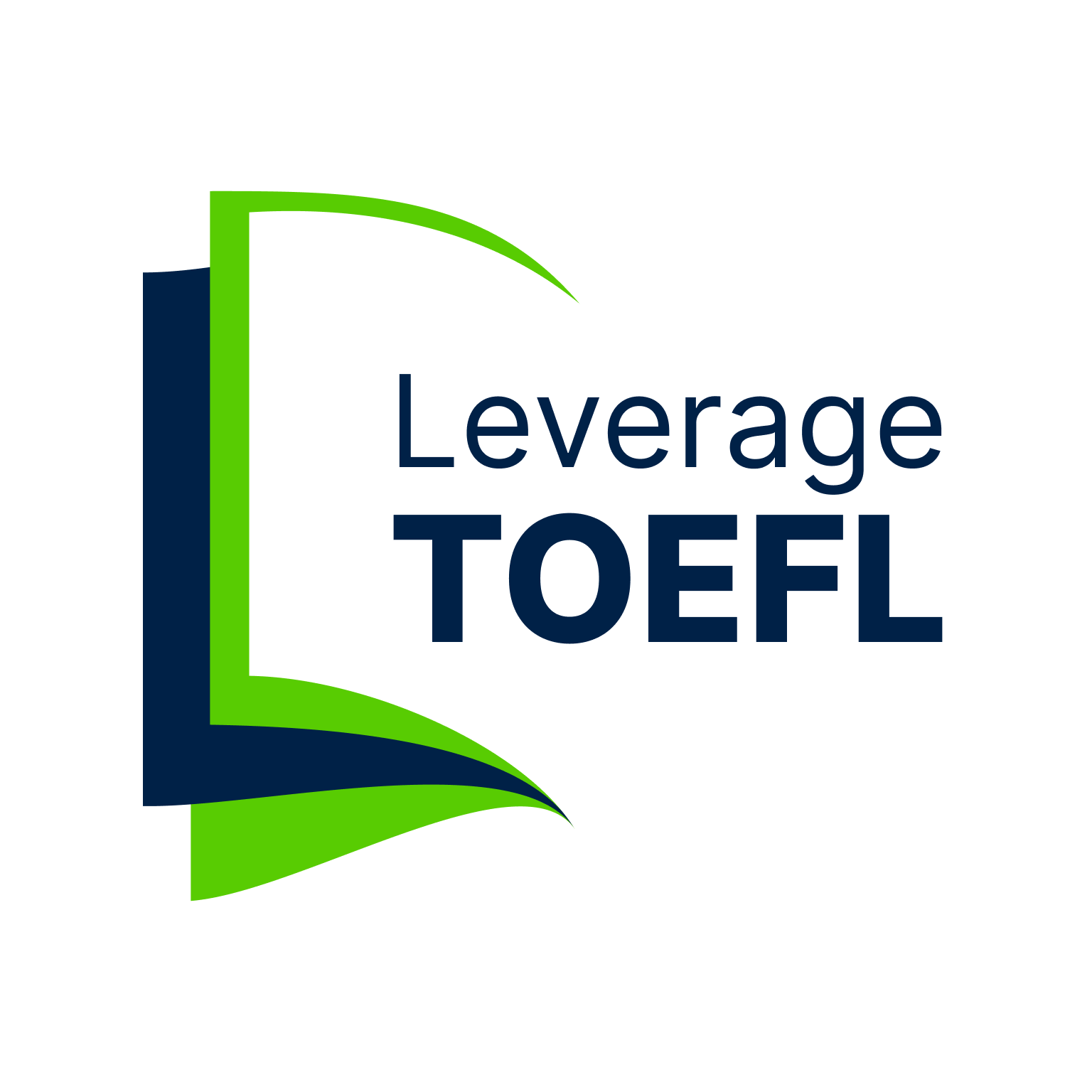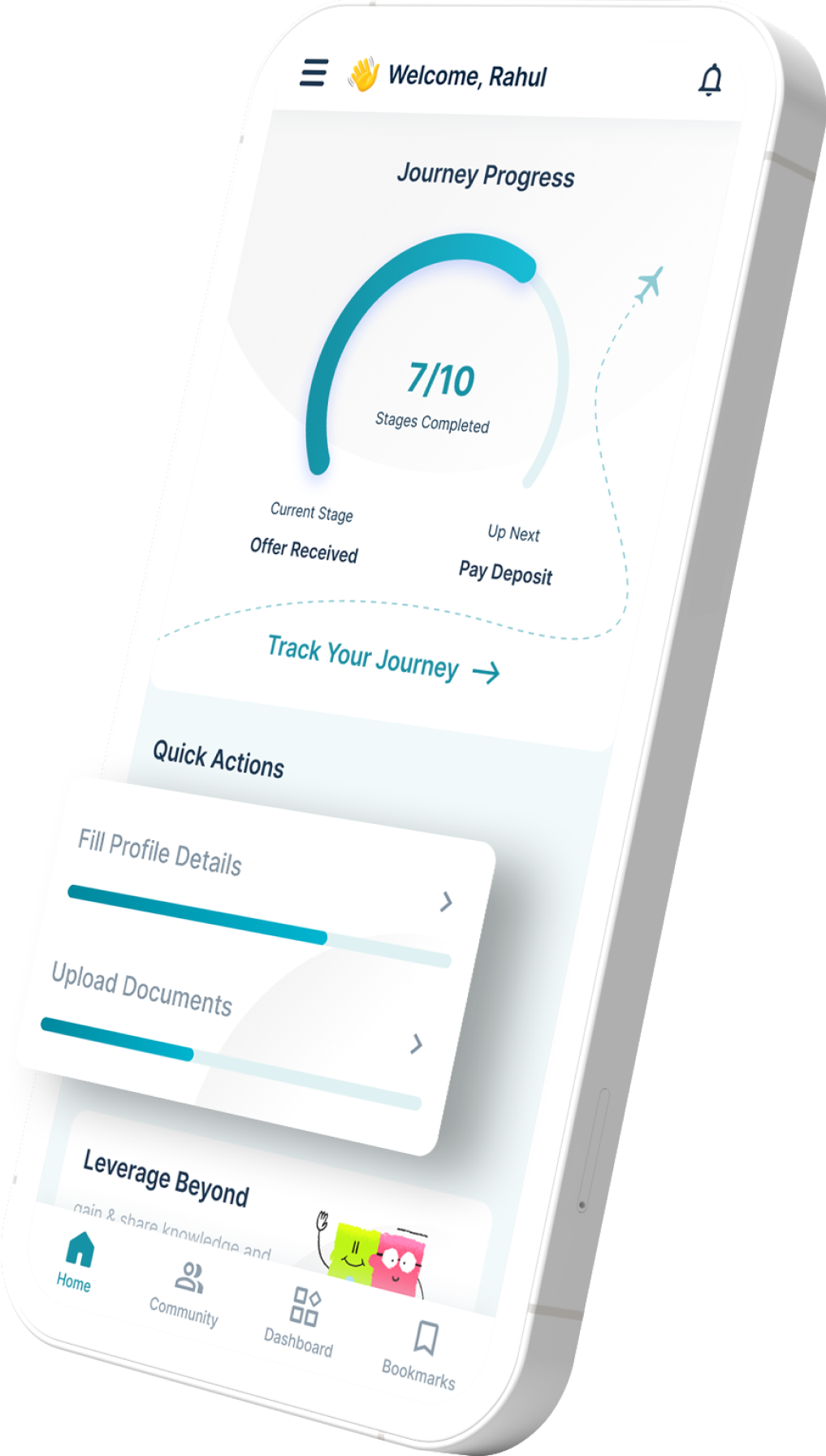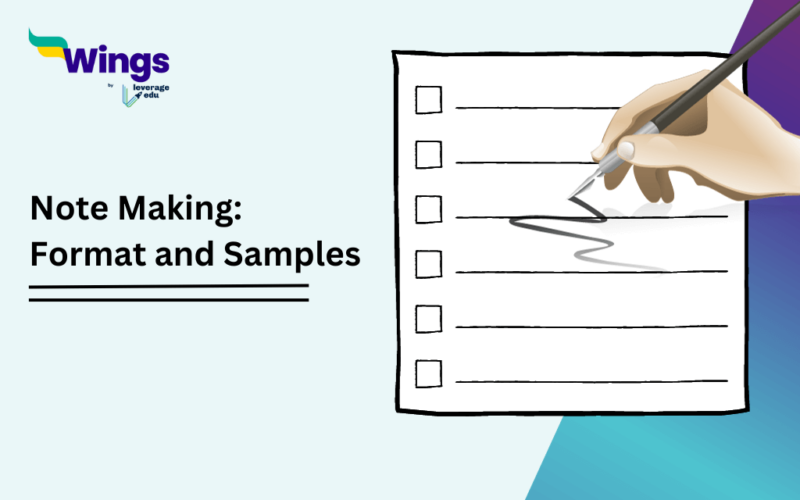Note making is an essential skill that plays a pivotal role in enhancing learning, retention, and productivity for students, professionals, and lifelong learners alike. Mastering the art of making notes can significantly transform how information is processed, recalled, and applied. Whether you are tackling complex subjects like Class 12 History or Class 11 Political Science, effective note making becomes crucial for revision and exam preparation.
Moreover, note making is an integral part of many educational syllabi, including Class 12 English and other boards, where you may be required to condense lengthy passages into concise notes. In this blog, we will discuss the best strategies, techniques, and tools to optimize your note making skills, making the process more efficient and boosting your exam performance.
This Blog Includes:
What is Note Making?
Note making is the process of writing down key points, ideas, or information in a structured way. It helps in organizing thoughts, summarizing material, and improving understanding. By focusing on important details and leaving out unnecessary information, note-making allows for quick review and easy recall.
Note making is a useful skill for studying, attending meetings, or gathering research. Effectively making notes involves using abbreviations, bullet points, and headings to make the notes clear and easy to follow.
Benefits of Note Making
Effective note making helps bridge the gap between listening, reading, and learning. It ensures that crucial points are captured and can be referenced later. Making note is a process that in itself needs a process to start with. Some of the benefits of note making that the process offers are mentioned below:
- Note making plays a major role while you are taking an exam or academic assessment
- It helps capture the idea in a more effective way, especially if the notes made are easier for you to understand
- It also helps in fast thinking, and comprehension, memory retention, and prepares an ever-lasting record
- It maintains a primary record of lectures, meetings, or studies for later use by students
- Furthermore, note-making helps in summarising and overviewing a group of information which lends a hand in recognising central issues
- It is much more convenient whenever we are looking for specific data.
- It helps us in filtering more important topics.
- Notes are made in a natural way and in our own language, which can make understanding a topic much easier.
How to Begin Note-Making?
Effective note making helps bridge the gap between listening, reading, and learning. It ensures that crucial points are captured and can be referenced later. Note making is a process that requires a structured approach, which is mentioned below.
Give a Quick Read
One needs to understand the importance of reading before commencing the note-making task. It is important to take a quick look over the passage to get a sense of the information, its tone, ideological inclination, etc. Moreover, it helps you in knowing the main idea of the passage as well as the author’s aim in writing.
However, as this is intended to develop a preliminary understanding of the passage, you must read at one stroke and leave the critical or knotty sections for when you begin your intensive reading. This should not take more than 3-5 minutes.
Intensive Read
After you are done with your quick reading session, you can now start reading attentively and carefully. As you have already gone through the passage once and are attuned to its main idea, reading the passage carefully now assists you in developing a clear grasp of the facts, opinions, arguments, and counter-arguments mentioned by the author.
- Furthermore, many passages contain a huge amount of information which you have put into categories of relevant, somewhat relevant, or irrelevant. Doing this, in turn, will help you in better note making and preparation.
- You must also remember that there may be sections or opinions that you may not agree with. You should not let any such information have an impact on the notes you prepare in any way or manner. During this phase, skipping any sentence or phrase is not advisable even if you feel it is not pertinent.
Know the Word Limit
Typically, for note making questions, the word limit you must adhere to is 50-100 words. However, as per specific question patterns, the permitted word limit may change.
Systems of Note-making
In books, we generally run over bullet points. The thought behind the use of bullet points is that they give substance about something in such a manner that it becomes easy to memorise and doesn’t become easily forgettable. The purpose of note-making is similar to that i.e. to bring the users’ attention to the main data and pull back beyond all of the other things.
Different types of Note-Making Formats
In accordance with the requirement, be it in an examination, outlining, data association, etc, there are various different types of not-making formats. Some of them are mentioned below:-
Graph or Pattern Design
This is a visual note-making approach. In this method, the data is represented in the chart. Related information is present along side the same.
Mind-Map
In this technique, all the central matters and related focuses are introduced through a map or a guide. This technique also contains text as well as pictures. The data then, is connected in an appropriate grouping.
Outline or Layout Format
In this technique, the data is introduced as a blueprint and the captions and title are numbered similarly in this.
Prompt and Question Format
This is a visual strategy technique where the central content is featured as a progression of inquiries with respective replies. This technique helps in rapidly going through the notes easily.
Split Page Format
This is a descriptive technique of note-making. In this method, the page is split into two sections. The first or the primary section has the standard notes and the secondary segment will have a summary. This format is the most widely recognised format for writing notes.
Note Making Format
Note making is an art. Be it for article writing, jotting down ideas for an essay on environment, story writing, or for competitive exams, you need to have an outline so as to avoid missing any important detail. Here is a rough format you can follow to solve note-making questions for exams:
- Heading/Title– This is the starting section of your note which must convey the central idea of the passage. Various sub-headings and points hereon elaborate on this heading. It must be short, clear, and crisp.
- Subheadings, Points, and Sub-points– Subheadings are fundamental components of a passage that further contain important information that needs to be delineated into points and subpoints.
- Abbreviations and Symbols– In order to shorten long words, it is common and permitted to use abbreviations. However, make use of abbreviative forms judiciously and remember to provide a key at the end of your note, listing all the full forms. Common symbols like ‘&, @,#, %, etc are also permitted.

Note Making PDF
Download the Note Making PDF by clicking the PDF button below to clarify how to do note-making. You can download it and use it offline for easy reference and practice. This PDF provides a clear guide on effective note-making techniques, helping you improve your ability to capture key information efficiently.
Note Making Sample
After getting familiar with the basic details, let us go through a sample to understand how one can answer such questions and score well in the exam:

Key Terms for Note-Making Practice
In note-making, using abbreviations and key terms helps streamline the process and capture information efficiently. These key terms save you time too. Here, the keys used in the note-making practice, along with the actual referenced words are mentioned below!
| Key | Word |
| Intrvw | Interview |
| Deposns | Depositions |
| Doc | Document |
| Edu | Education |
| Anlytcl | Analytical |
| Trstwrthy | Trustworthy |
| Comm | Communication |
| Crtcl-Critical | Critical |
| Confdntlty | Confidentiality |
| Anlys | Analysis |
| Thnkng | Thinking |
Methods of Note Making
Mastering note-making requires adopting techniques that suit your learning style and objectives. So, what are the different methods that one can adopt while note-making? These methods are mentioned below!

Let’s understand the methods of note-making one by one:
The Cornell Method
The Cornell Method is a structured approach to note-making that divides the page into three sections: notes, cues, and a summary.
| Section | Purpose |
|---|---|
| Notes | Record main points and details. |
| Cues | List questions or keywords. |
| Summary | Summarize the page’s content concisely. |
Why Use It? This method encourages reflection and ensures notes are well-organized.
Outline Method
The outline method uses a hierarchical structure to organize information.
- Main Topic:
- Subtopic 1
- Detail 1
- Detail 2
- Subtopic 1
When to Use It? Suitable for lectures or readings with clear structures.
Sentence Method of Note Making
The Sentence Method involves writing each point as a complete sentence. It helps capture detailed information clearly and thoroughly. While it can take more time, it ensures that no key concept is missed, making it ideal for complex subjects.
Mind Mapping
Mind mapping involves creating a visual representation of information using diagrams.
Steps to Create a Mind Map:
- Start with a central idea.
- Branch out with main topics.
- Add subtopics and details.
Benefits: Ideal for brainstorming and understanding complex topics.
Charting Method
The charting method organizes information into tables or charts, making comparisons easier.
| Topic | Detail 1 | Detail 2 |
| Topic A | Description A1 | Description A2 |
| Topic B | Description B1 | Description B2 |
Ideal For: Analyzing data or comparing concepts.
Strategies to Improve Note Making
Focus on Key Information
Avoid copying text verbatim. Instead, identify and summarize the main ideas.
Example: Instead of writing, “The war began in 1914 and involved multiple countries,” note “WWI (1914): Multi-nation conflict.”
Use Abbreviations and Symbols
Develop a personal shorthand to save time.
Examples:
- → (leads to)
- ≠ (not equal to)
- “Imp.” for important
Keep Notes Organised
Maintain a consistent format and categorize notes by topic or subject.
Points to Remember
Now that you are well aware of the specifics of the process, go through the following tips and tricks, mistakes generally committed, and how to avoid them:
- Use thesis statement: A thesis statement encapsulates the sense of the whole idea into a single and brief sentence. It can act as a road map that tells the reader about what he/she can expect while reading the included points. Write as many thesis statements as you can while preparing as this will aid you in getting the hang of writing in a short, succinct, and brief manner.
- Revise at least Once: As note making requires you to trim down information, revising at least once after you have prepared your notes is vital. You may have missed relevant data pertaining to the passage.
- Use Active Voice: While preparing notes, make use of sentences only in active voice and do not use passive voice along with ‘had’, ‘have’, etc.
- Do not cross Word Limit: Note making is a play of words and crossing the word limit may result in the imposition of a penalty.
- Be Choosy: Make use of only the most relevant information and do away with whatever is already implied.
Related Reads:-
FAQs on Note Making
In this FAQ section on note making, we’ll address key questions to help you master effective note-taking techniques and boost your learning.
Ans: Note-making is a process of creating a record of important details from sources such as passages, paragraphs, etc. The source can also be written documents or oral communication. Note-making means recording the essence of information that is crucial.
Ans: Note making helps in fast thinking, and comprehension, memory retention, and prepares an ever-lasting record
Ans: The types of note making are
The Cornell Method.
The Outlining Method.
The Charting Method.
The Sentence Method.
The Mapping Method.
A: Note making is the process of writing down important points, ideas, or information from lectures, books, or any other sources to summarize key concepts for better understanding and revision.
Ans: The note-making format typically involves the use of headings, subheadings, bullet points, or numbering to organize information. Key ideas are written clearly with important details, examples, and explanations underneath each heading or subheading.
Ans: Some examples of note making are:
Example 1:
Topic: PhotosynthesisDefinition: The process by which plants make food using sunlight.
Key Steps: Absorption of sunlight
Conversion of light energy into chemical energy
Formation of glucose
Example 2:
Topic: The Water CycleEvaporation: Water turns into vapor from bodies of water.
Condensation: Vapor forms clouds.
Precipitation: Rain, snow, etc., falls to the earth.
Ans: Notes should be formatted with clear headings, subheadings, and bullet points. Important points are emphasized, and any relevant examples or illustrations are included to clarify the concepts. A logical structure is essential for easy review.
Ans: Focus on key ideas rather than writing everything down.
Use abbreviations and symbols to save time.
Organize your notes logically (use headings, subheadings, and bullet points).
Review and revise your notes regularly to reinforce learning.
Ans: Note making involves summarizing and organizing key points from various sources, while note writing typically involves recording information in full sentences. Note making is more focused on brevity and organization.
Ans: Note making helps condense large volumes of information into manageable summaries. It allows students to review key concepts quickly, which is essential for effective exam preparation. Proper notes can also highlight areas that need further study.
Whether you are preparing for your school or any competitive exams, note making skills can help you write better answers. If the question of what to study after 12 also bothers you then take the assistance of Leverage Edu’s psychometric test which, after gauging through your profile, will collate a list of suitable courses that align with your interest and goals
-
Nice but at the same time more informative……

 One app for all your study abroad needs
One app for all your study abroad needs






















 45,000+ students trusted us with their dreams. Take the first step today!
45,000+ students trusted us with their dreams. Take the first step today!



1 comment
Nice but at the same time more informative……